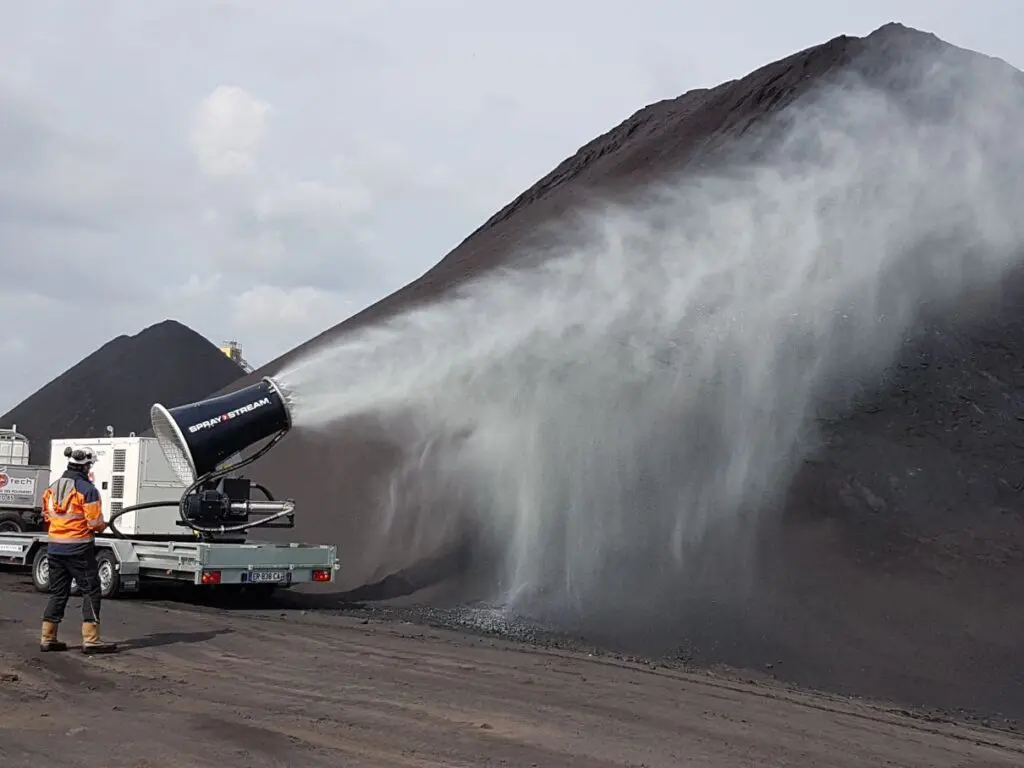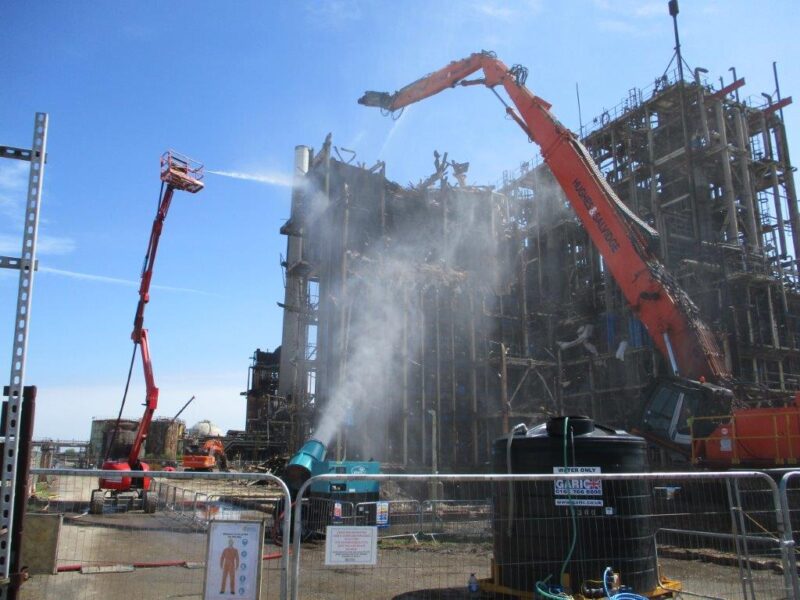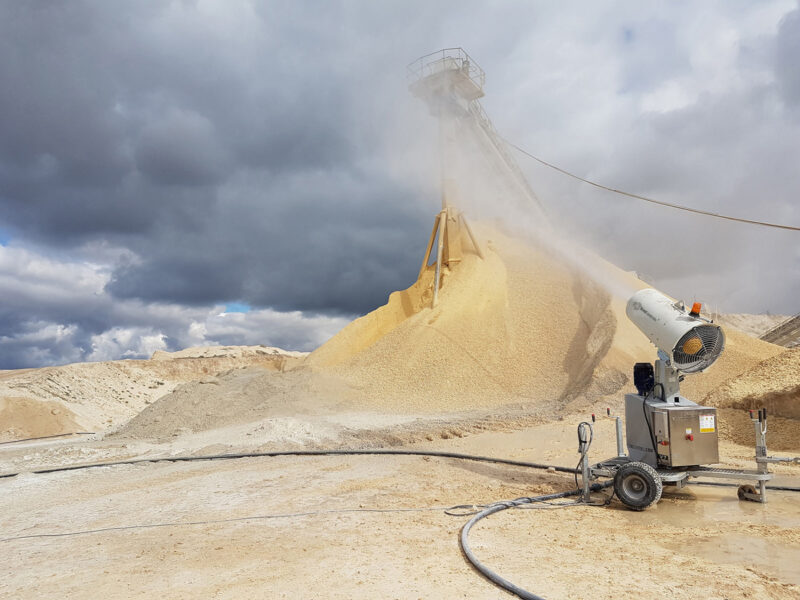When dust control is treated as a secondary concern, the consequences can be far-reaching. From health risks and environmental impact to legal penalties and operational inefficiencies, the fallout from unmanaged dust is substantial. That’s why effective dust suppression is not only a matter of regulatory compliance—it’s central to modern site management.
In this article, we explore the importance of dust suppression, the most effective methods available today, and how businesses across construction, demolition, mining, and waste management can benefit from investing in the right system.
The Impact of Airborne Dust
Airborne dust particles may seem insignificant, but they pose serious challenges. Construction sites, quarries, and recycling facilities generate fine particulates that, when inhaled over time, can lead to respiratory issues such as silicosis or chronic bronchitis. Moreover, dust can impair visibility, reduce air quality, and settle on nearby properties, triggering complaints or even legal action.
According to the Health and Safety Executive (HSE), employers must reduce exposure to airborne hazards “as far as is reasonably practicable,” particularly when dealing with respirable crystalline silica (RCS), a common component of construction dust.
Modern Methods of Dust Suppression

The market has evolved well beyond the simple hosing down of surfaces. Today’s dust suppression systems are designed to be energy-efficient, environmentally friendly, and easy to integrate into daily operations. The most widely used technologies include:
- Dust cannons – These high-performance machines project a fine mist of water over a wide area. Models range in size and throw distance, making them suitable for both small-scale and large industrial environments.
- Rotary atomisers – Ideal for enclosed or semi-enclosed settings, these units disperse ultra-fine water droplets using a spinning disc mechanism. They are effective at controlling dust and odour with minimal water usage.
- Misting systems – Designed to provide continuous coverage in specific areas such as conveyor belts or loading bays, misting lines can be automated for consistent performance throughout the day.
- Dust suppression bowsers – Mobile units often used on larger construction or demolition sites, delivering water where fixed systems can’t reach.
Each system has its advantages depending on the site’s layout, dust generation levels, and environmental sensitivity.
Environmental and Economic Benefits
Investing in a tailored dust suppression strategy can deliver measurable returns. Improved site safety and visibility reduce the risk of accidents, while better air quality enhances working conditions and reduces absenteeism. In addition, efficient systems use less water than traditional methods, supporting sustainability goals and lowering utility costs.
With regulatory bodies such as the Environment Agency taking a stricter stance on air quality compliance, having a reliable dust control solution can also prevent delays, fines, and reputational damage.
Choosing the Right Solution

No two sites are the same, which is why customisation is key. Businesses should consider factors such as area size, dust source points, water availability, and mobility needs when selecting a system. A professional site assessment can help determine the most appropriate equipment and setup.
Final Thoughts
Dust suppression is more than a box-ticking exercise ─ it’s a cornerstone of responsible site management. Whether you opt for a dust cannon, rotary atomiser, or a mobile suppression bowser, the goal remains the same: protect people, preserve the environment, and promote operational efficiency.
For those seeking tailored advice or equipment, working with a specialist provider ensures that your solution is as effective and compliant as it is cost-efficient.

